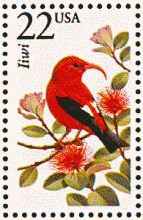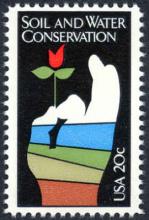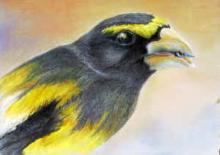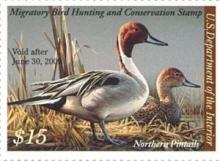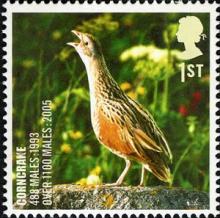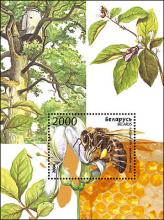Irish butterfly numbers under threat
- Read more about Irish butterfly numbers under threat
- Log in to post comments
The Department of the Environment has issued a Red List of Irish Butterflies 2010 which details species under threat. All 33 resident and regular migrant species of Irish butterflies are evaluated for their conservation status using the International Union for Conservation of Nature (IUCN) regional criteria. The Red List assessment was compiled using best expert opinion and data from a number of specialist organisations. Apart from the 18% of butterflies under threat of total wipeout, a further 15% are near threatened. One species, Mountain Ringlet Erebia epiphron, is extinct, six species are endangered or vulnerable and five species are near threatened.



